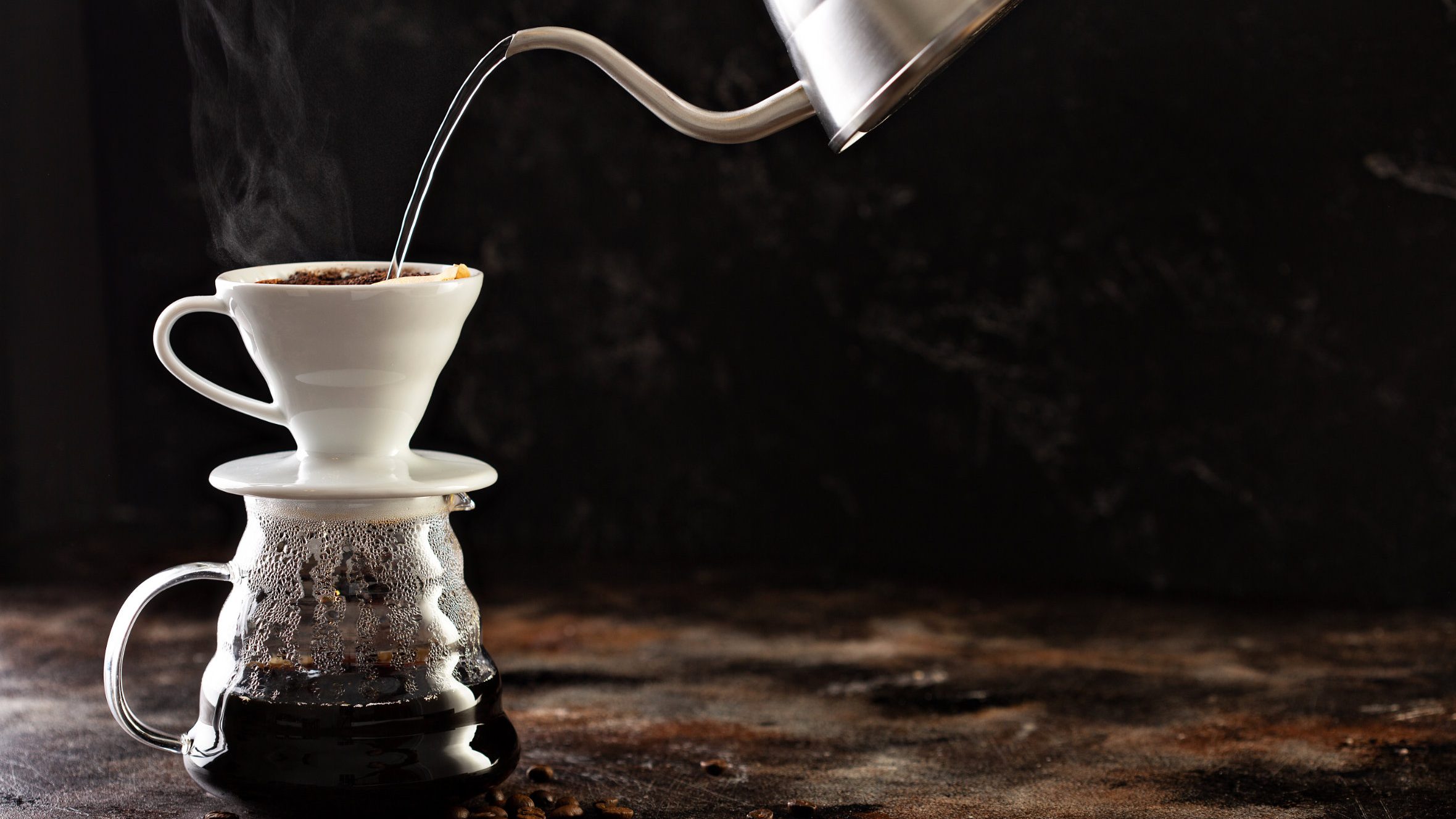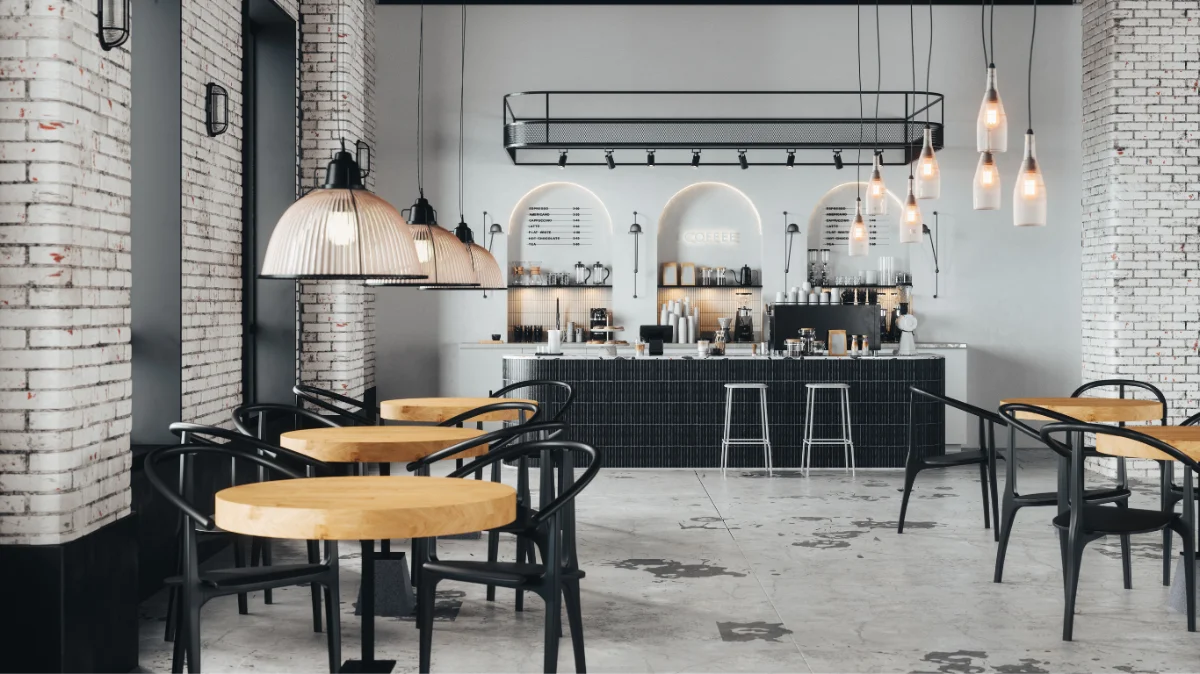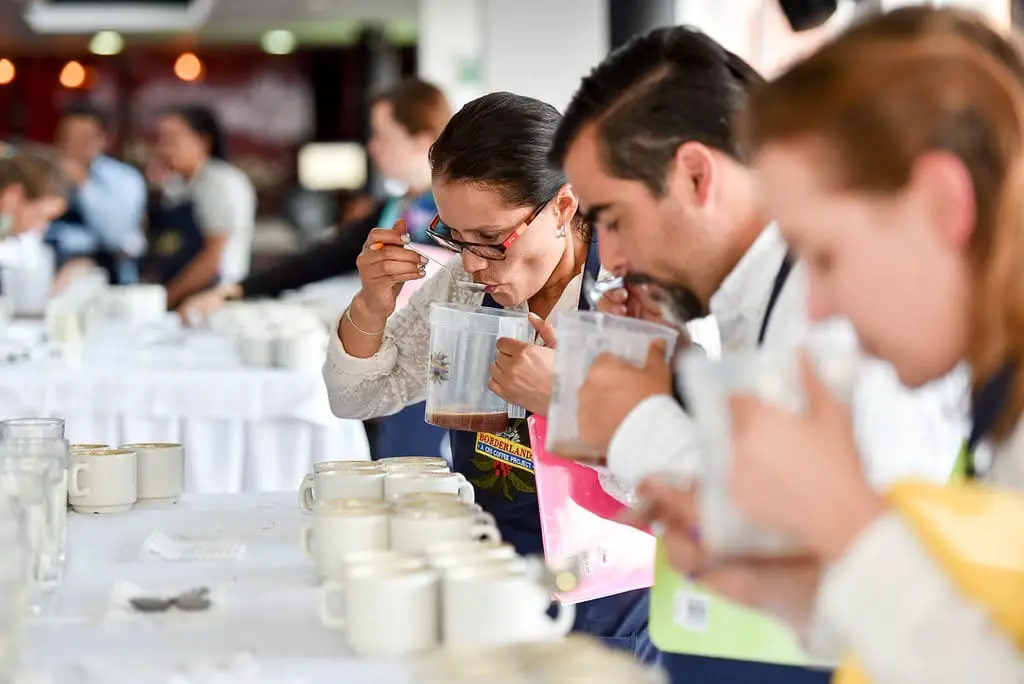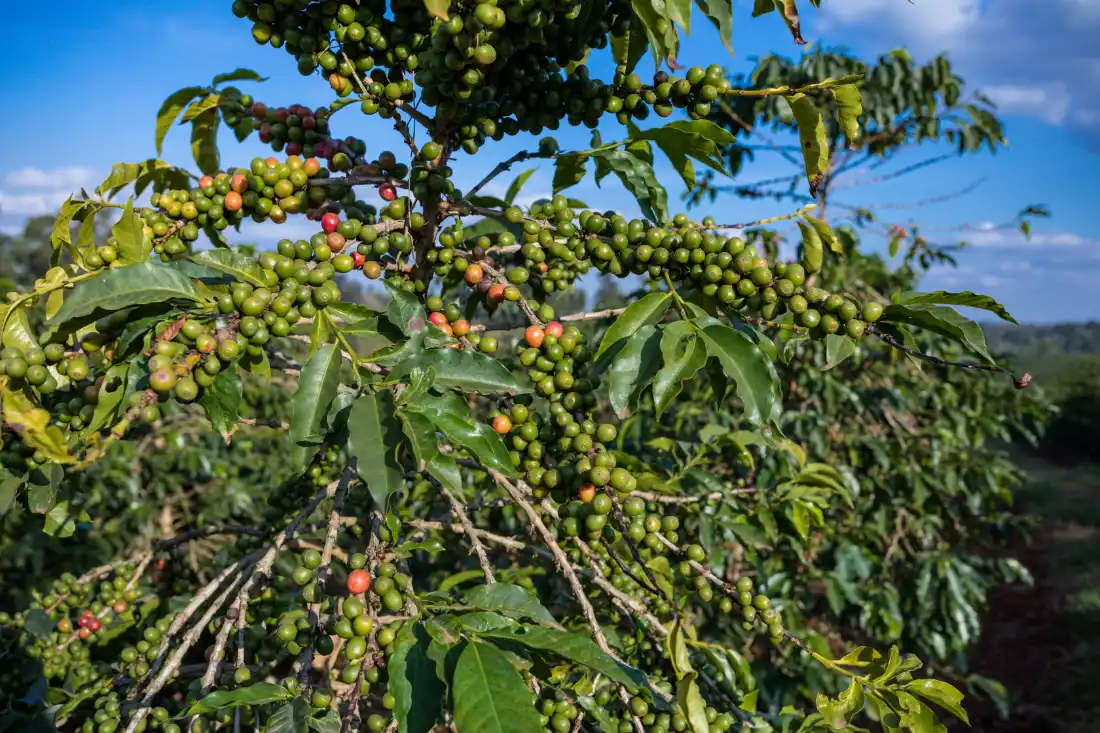Pour-over is the time tested brewing method producing the most aromatic coffee
I am sure you have noticed that in good coffee houses the preferred preparation besides hand made espresso is hand drip or pour-over coffee. It is the artisanal way and also a very traditional approach to brewing your coffee. For a more upscale image, even some coffee shops of major chains use this method for single origin or single estate coffees. They will use cheaper coffee beans in a drip coffee maker for faster service, like coffee-to-go. Even at better locations of Starbucks, they are now using this method to brew their premium coffee – at a double premium price, of course.Why did pour-over coffee become so popular in recent years?
The answer is simple: the pour-over method produces a more flavorful coffee and greater satisfaction for customers than the standard drip coffee. And an increasing number of people enter the ranks of coffee aficionados and care more about quality and taste than ever before. They are also willing to pay a little bit more for the affordable luxury of premium coffees and wait patiently. Many do appreciate the health benefits of coffee as well, provided there is no overload of artificial flavors and extra calories from sugar and coffee whiteners. Just writing the word “whitener’ gives me the creeps already. The pour-over method offers more flexibility to adjust for water temperature, grind size, or for brewing time to perfectly match the individual requirements of top quality coffee beans. At the same time, it requires a good understanding of the process of brewing. A barista who cares about his trade can show off his skills and prepare a fantastic cup. And the good news is, you can easily make an outstanding pour-over coffee at home as well. Here is a detailed instruction for the perfect cup.What do you need to make the perfect pour-over coffee at home?
You don’t need expensive equipment, and with a little bit of experimentation, you will be able to produce excellent results just like a barista. Most of what you need is probably already sitting somewhere in your kitchen. You need a kettle to heat the water and a container where the coffee goes in, a cup, mug, or a coffee pot. The only thing you probably would have to buy is the cone-shaped device, called pour-over coffee maker, coffee filter, or dripper. The first of its kind was invented in Germany in 1908 by Melitta Bentz. Her first name Melitta later became the name of the company which is still around and still sells these drippers, paper filters, and coffee. Over the years they improved the shape of the cone. The paper filters lining the inside underwent quite some development as well. The paper filters do the job of holding back sludge and all particles you don’t want in your coffee. Other companies followed with variations of the cone filter, like the Kalita Wave, the v60 of Hario, or Chemex. The first cone-shaped device was made of porcelain which holds the temperature very well. Nowadays, you will find pour-over coffee makers also made from glass, plastic, or metal.The paper filters have evolved from white, bleached paper to unbleached yellowish paper to filters made from bamboo. And of course, there are also fabric-based filters, similar to those the Costa Ricans use.
Going paperless with a French Press
I grew up with pour-over coffee, made by my Mom with a v60 type Melitta porcelain cone with paper filters. Coffee made this way became the standard for me until I discovered the French Press, which produces an even more vibrant and more rounded coffee when done right. The main reason is that the French Press does not use any paper filter. Let’s face it: The paper does an excellent job to hold back solid particles. At the same time, it also absorbs some of the natural coffee oils, which are the carriers of the aroma. The French Press allows the oils to pass through the mesh, thus producing a much richer coffee. On the downside, quite a bit of sludge ends up on the bottom of your cup if you are not careful. I will talk about the French Press in more detail in an upcoming post.There is a way to go paperless with the pour-over method using a metal dripper. I saw one sometime ago in a local kitchen store or maybe even in the section of Starbucks where they sell coffee beans and related gear. I was very intrigued by the fact that no paper filter is needed. But I was probably just biased against metal and gave it a pass.

Going paperless in pour-over coffee and up your game
Brewing my first cup with the Double Mesh Metal Dripper, I used a pretty decent Kona coffee. It was a revelation: a more substantial body and another layer of enhanced flavors. There was just a tiny bit of sediment, nothing compared to what you will find at the bottom of a French Press. The next day I used a generic Colombian coffee from a local store. Again, a big surprise. The result was a well-rounded cup, and you wouldn’t have guessed that it was indeed rather cheap stuff. Of course, there is no comparison with the high-quality Kona coffee, but it was far better than you would have expected from its price tag. The method of preparation was just the standard pour-over method – nothing special at all. Just as a reminder, here is a detailed description of how to do it yourself the right way. There is only one thing to be careful about. Don’t let the dripper sit too long with the spent coffee grounds in it. Rinse with water soon after use and do not allow the drying grinds and residual oils clog up the almost microscopic holes. Wash it regularly with a mild detergent. You can even throw it in the dishwasher.
This is the Maranello Caffé dripper, available on amazon.com.
The double mesh metal dripper
On a recent trip to Japan, I went to Kappabashi, an area in Tokyo with dozens of shops specializing in restaurant supplies. On the main street are two shops with all kinds of coffee gear as well as green coffee beans. The area is also very popular with tourists from all over the world. looking for the famous wax models used for displays of restaurants. You should put a note about this in your to-do-list should you go to Japan for the Olympics. There, I discovered the Double Mesh Metal Dripper 02 from Hario. Its price tag of about $30 was roughly double of similar metal drippers I had seen in other shops and online stores. The justification of the higher price tag is the double layer of mesh which is cut out by a laser. Finally, I took the plunge and bought it. The Hario Double Mesh Metal Dripper looks quite similar to the regular metal drippers at first glance. A closer look shows that the mesh is a lot finer, though.
Where can you get the Double Mesh Metal Dripper?
Unfortunately, I could not find it yet in the US store of Amazon nor any other online shop. I assume, they will carry it eventually, and I will make an update to this post as soon as I find out about it. For now, it seems to available only in Japan. If you can’t make it to Tokyo anytime soon, you still can try the Japanese store of amazon. Here is the link to the product. On the product page, you can see clearly how tiny the holes are.
Fortunately, Amazon-Japan offers the option to show most of the Japanese pages in English as well.
A very attractive alternative
An excellent alternative 









